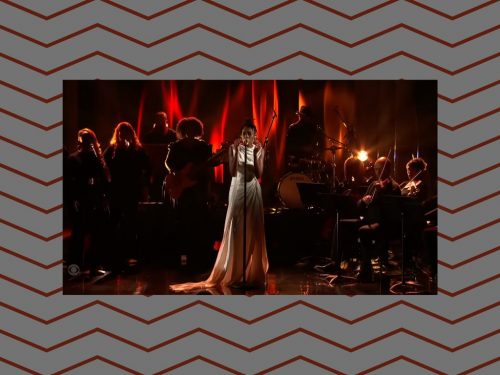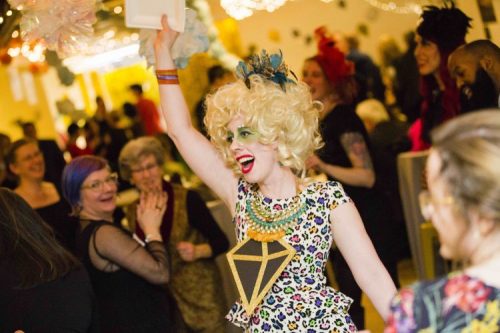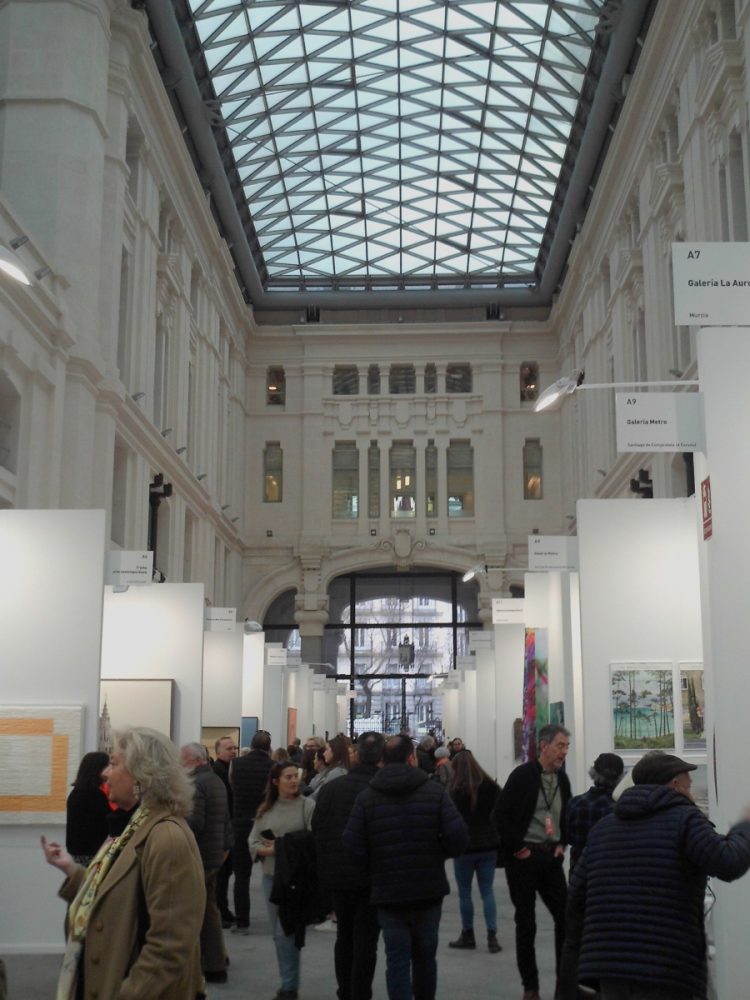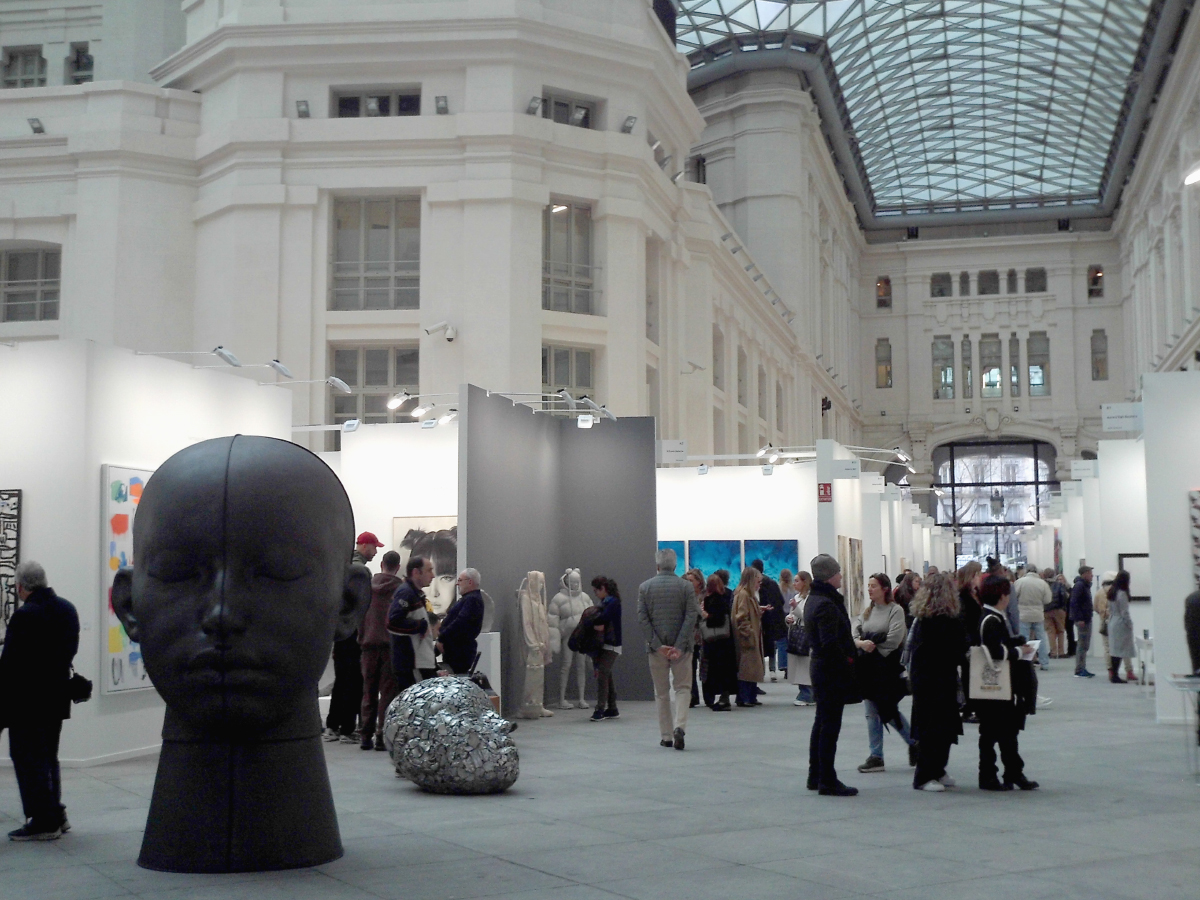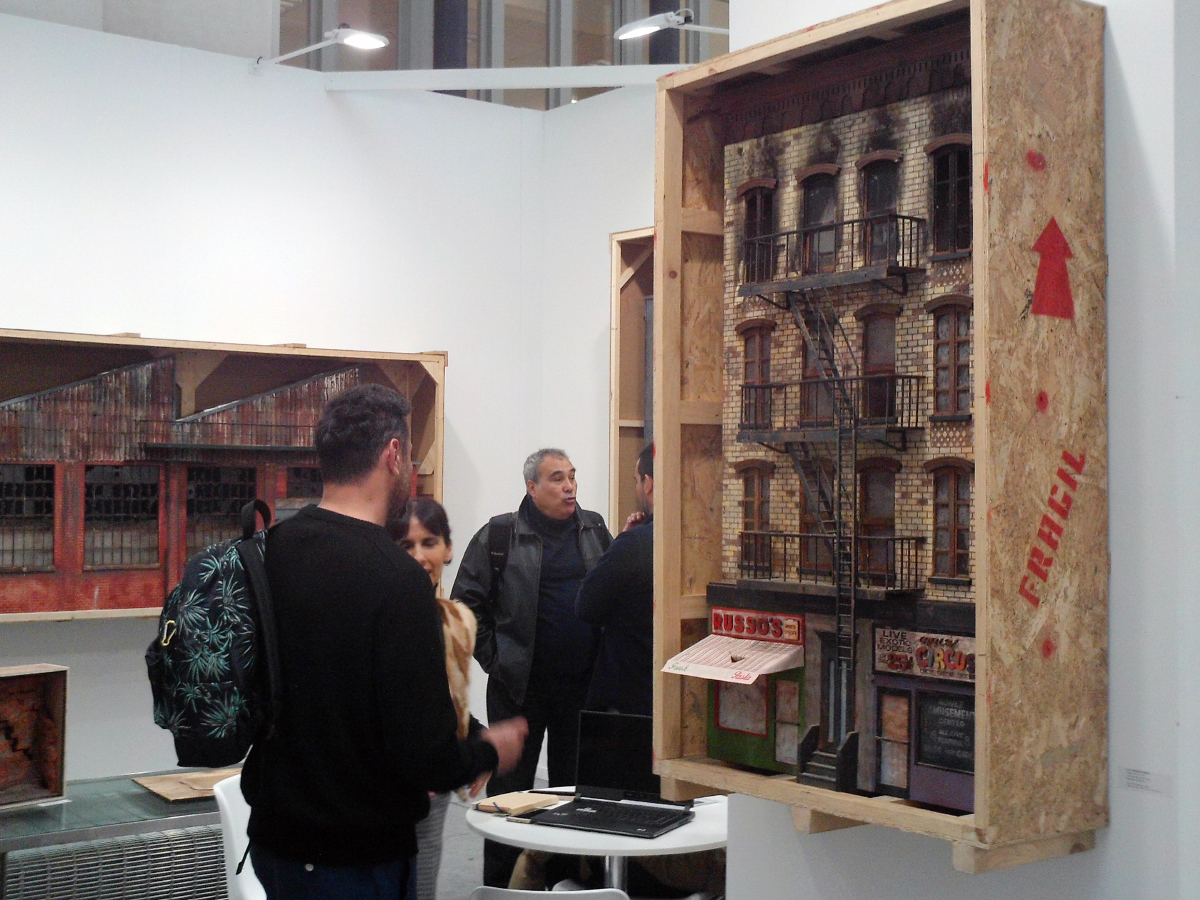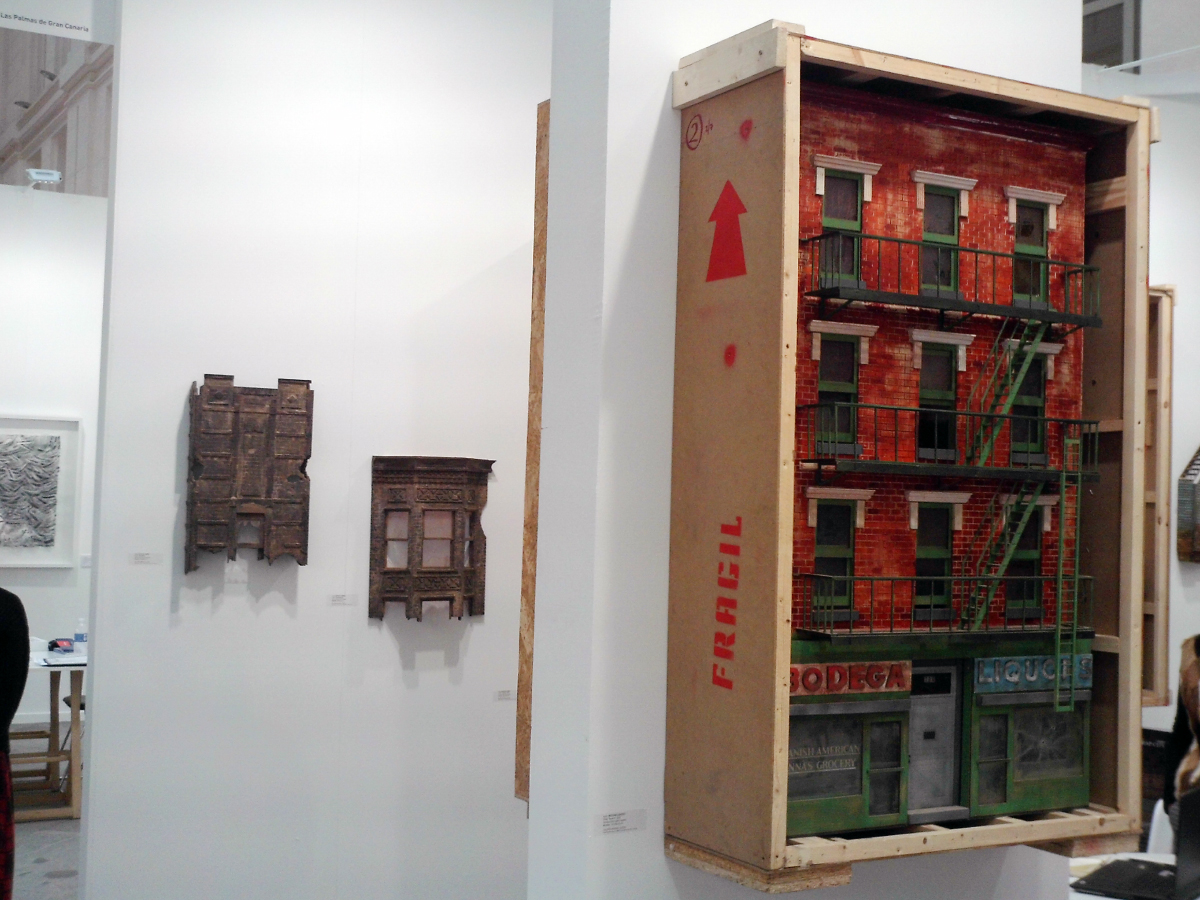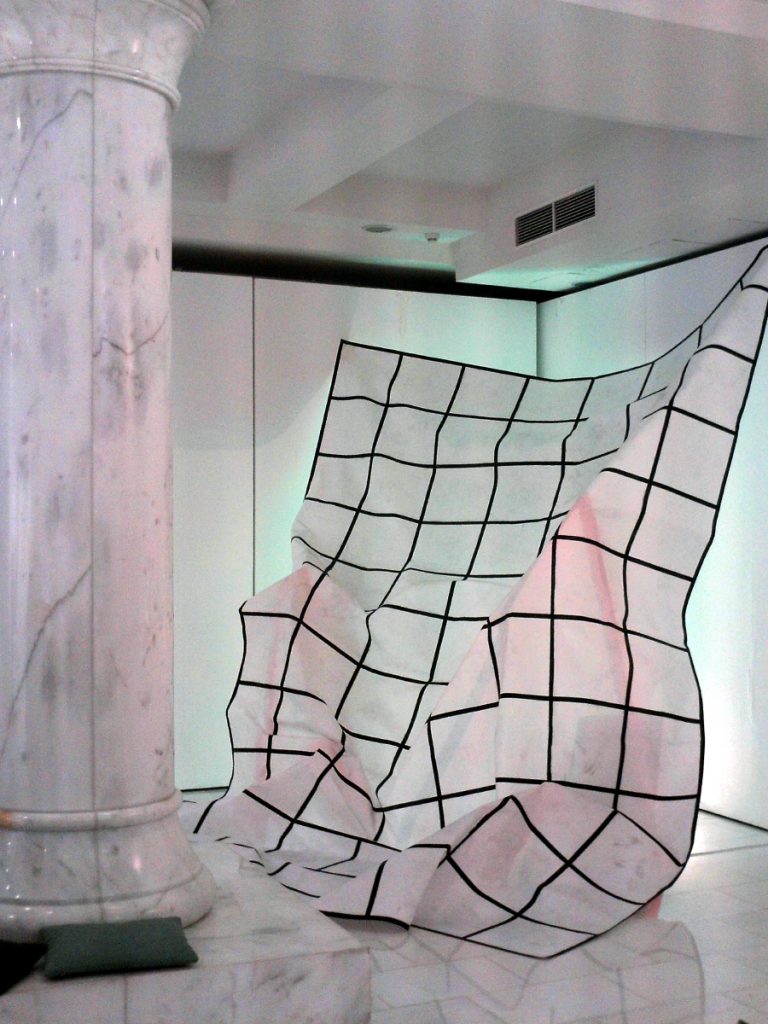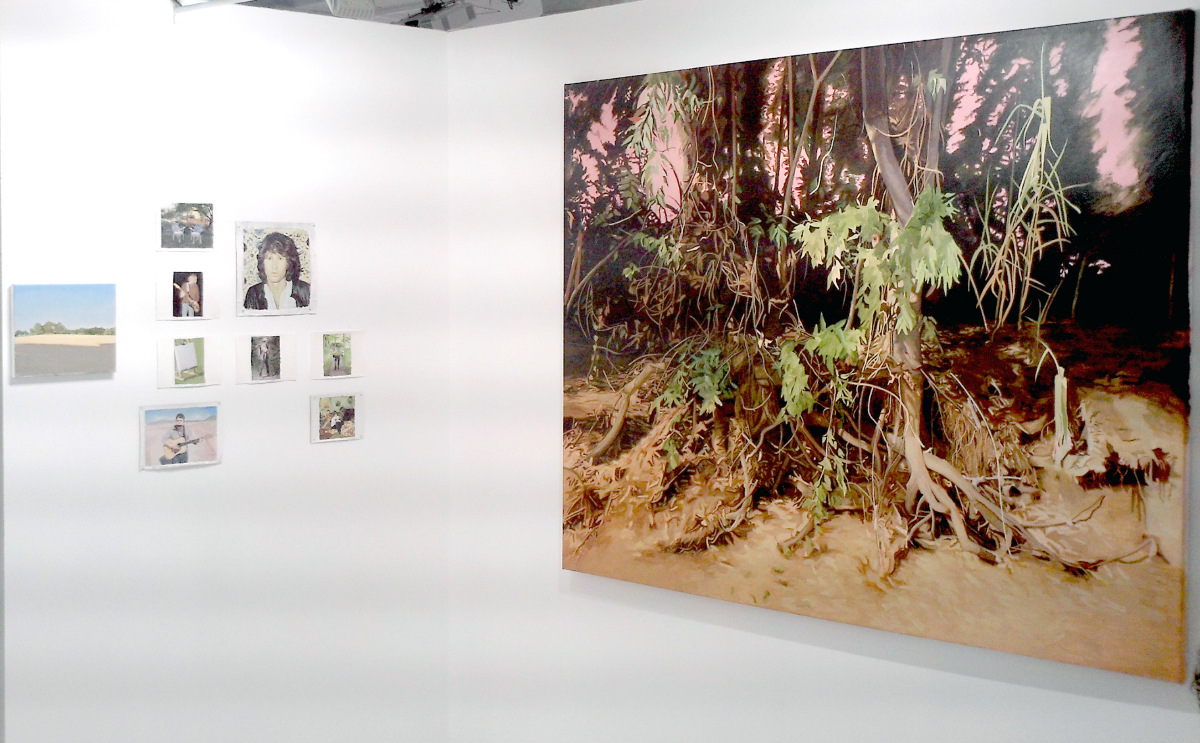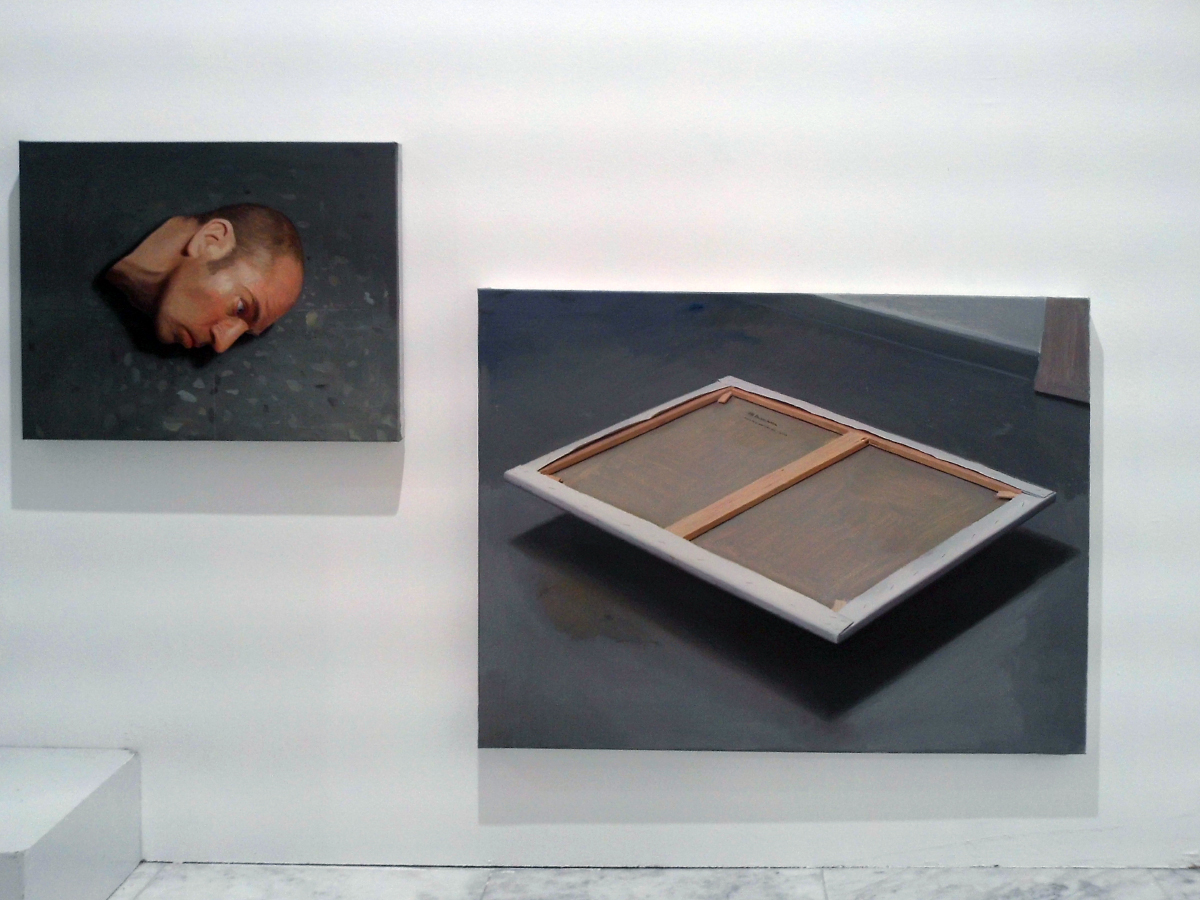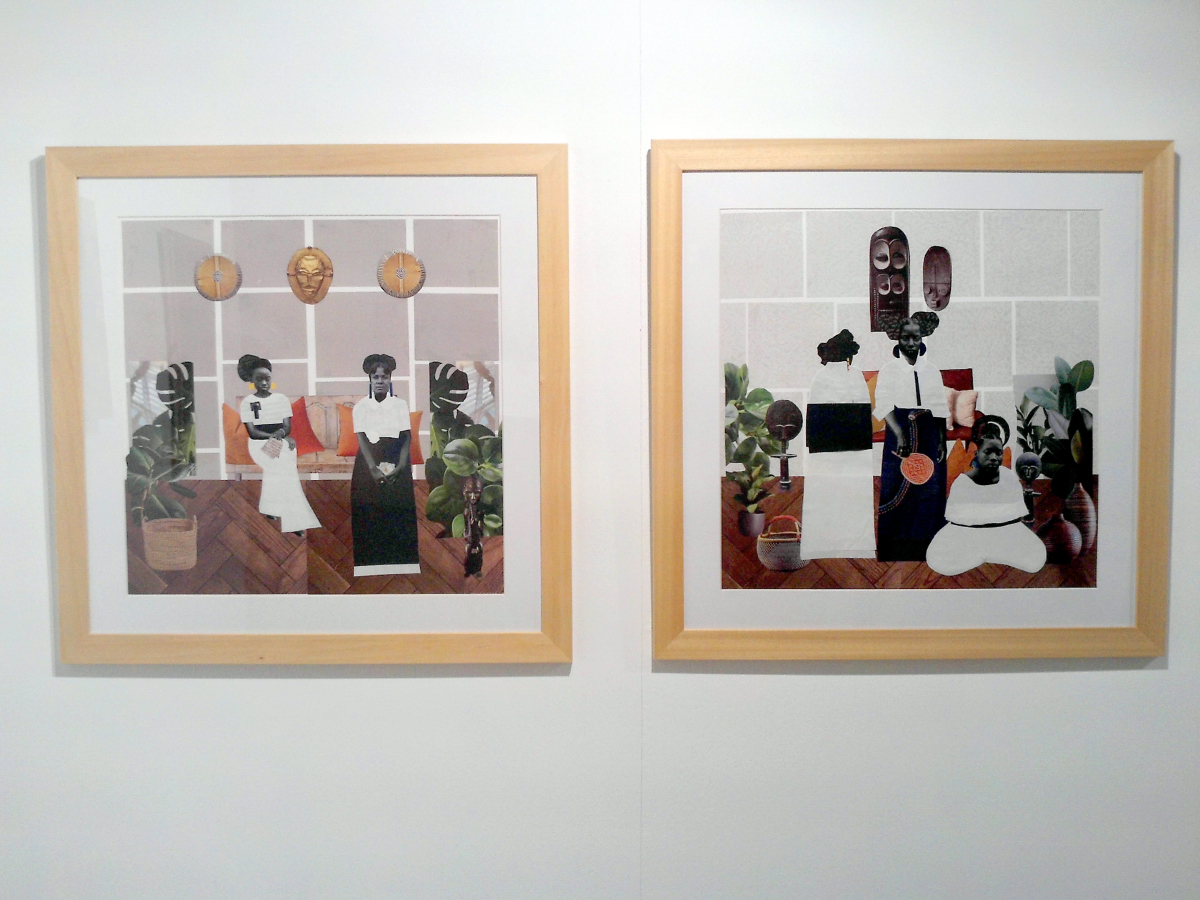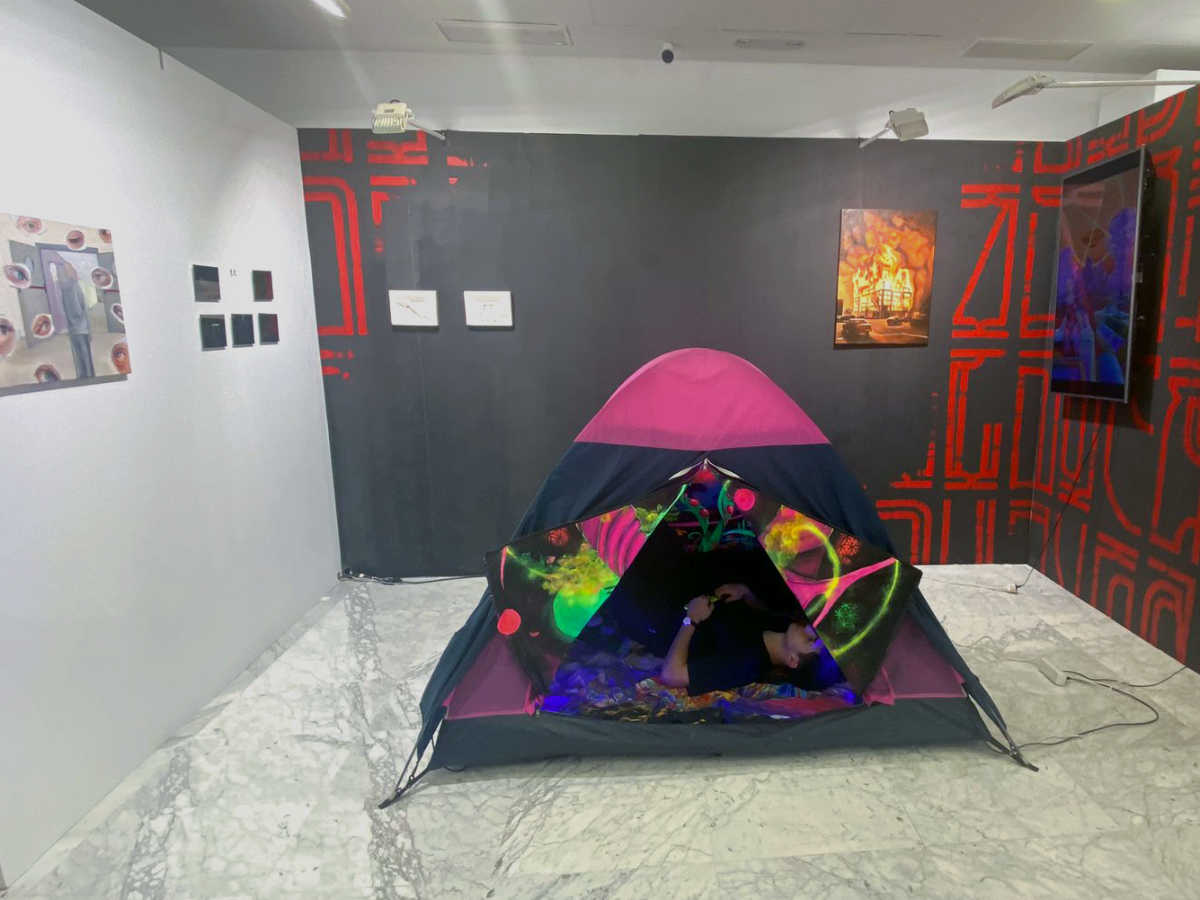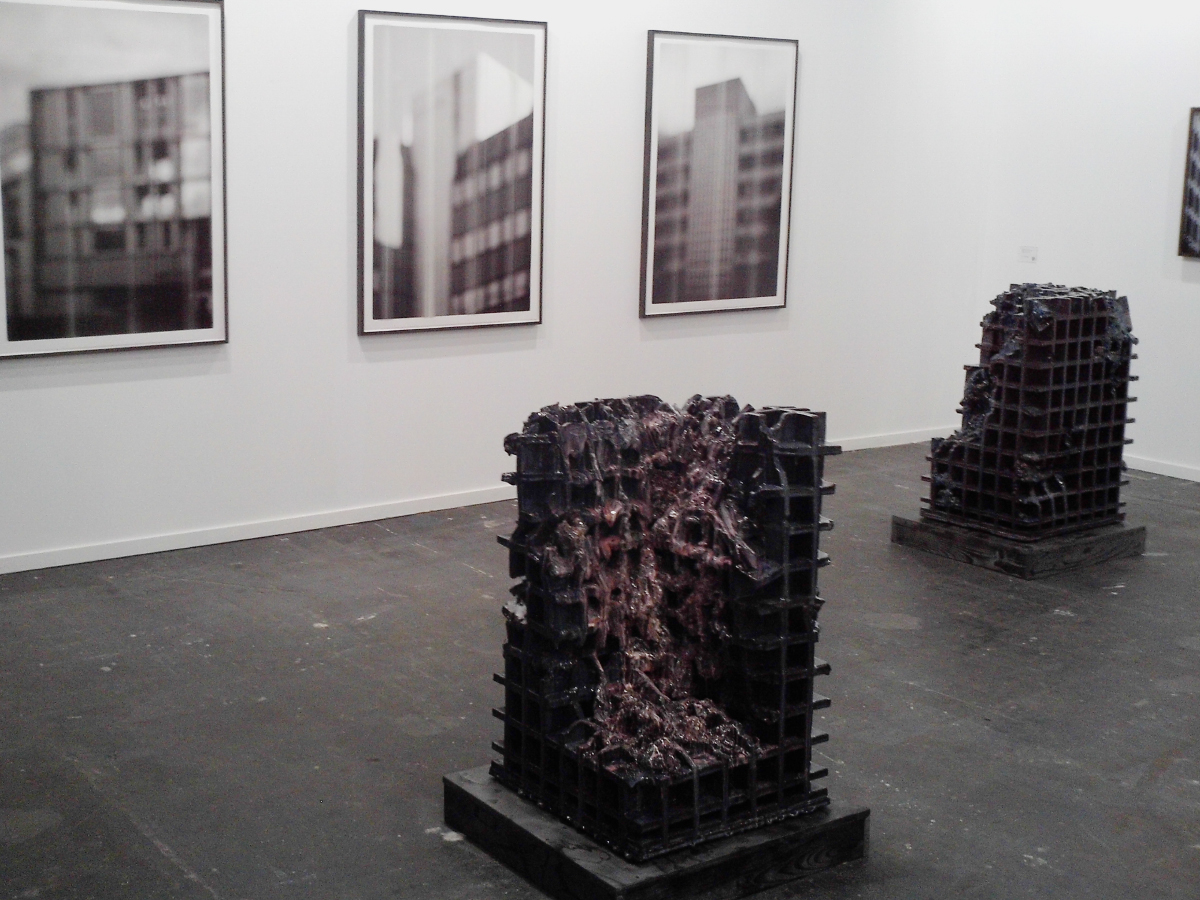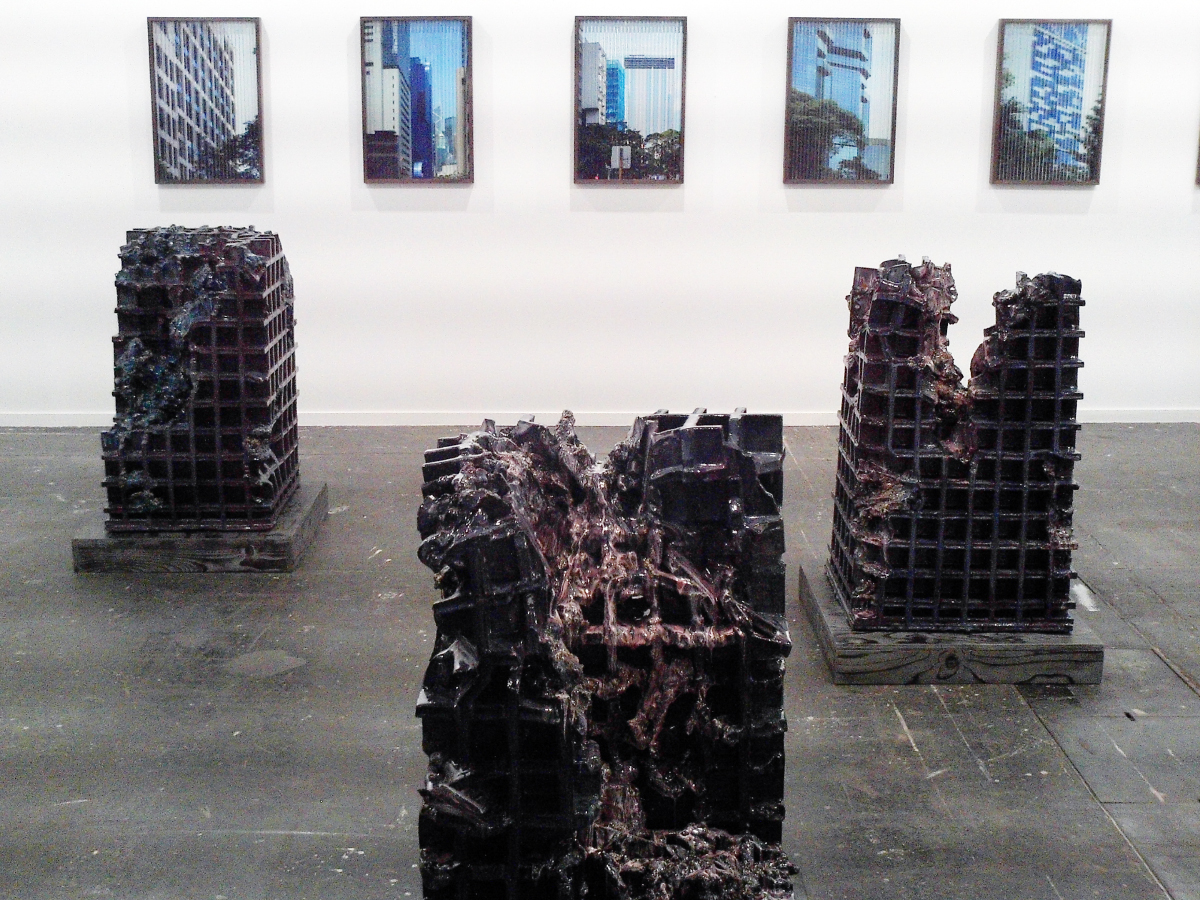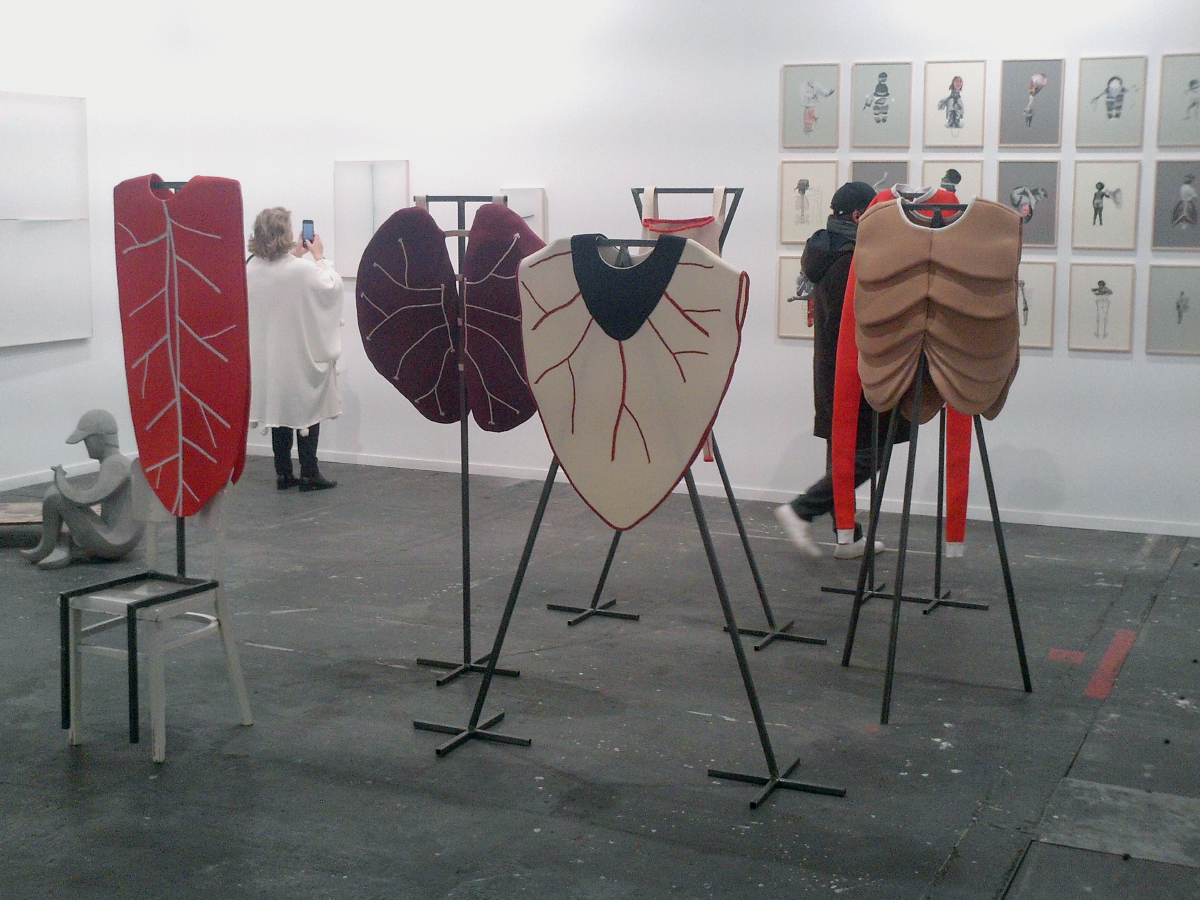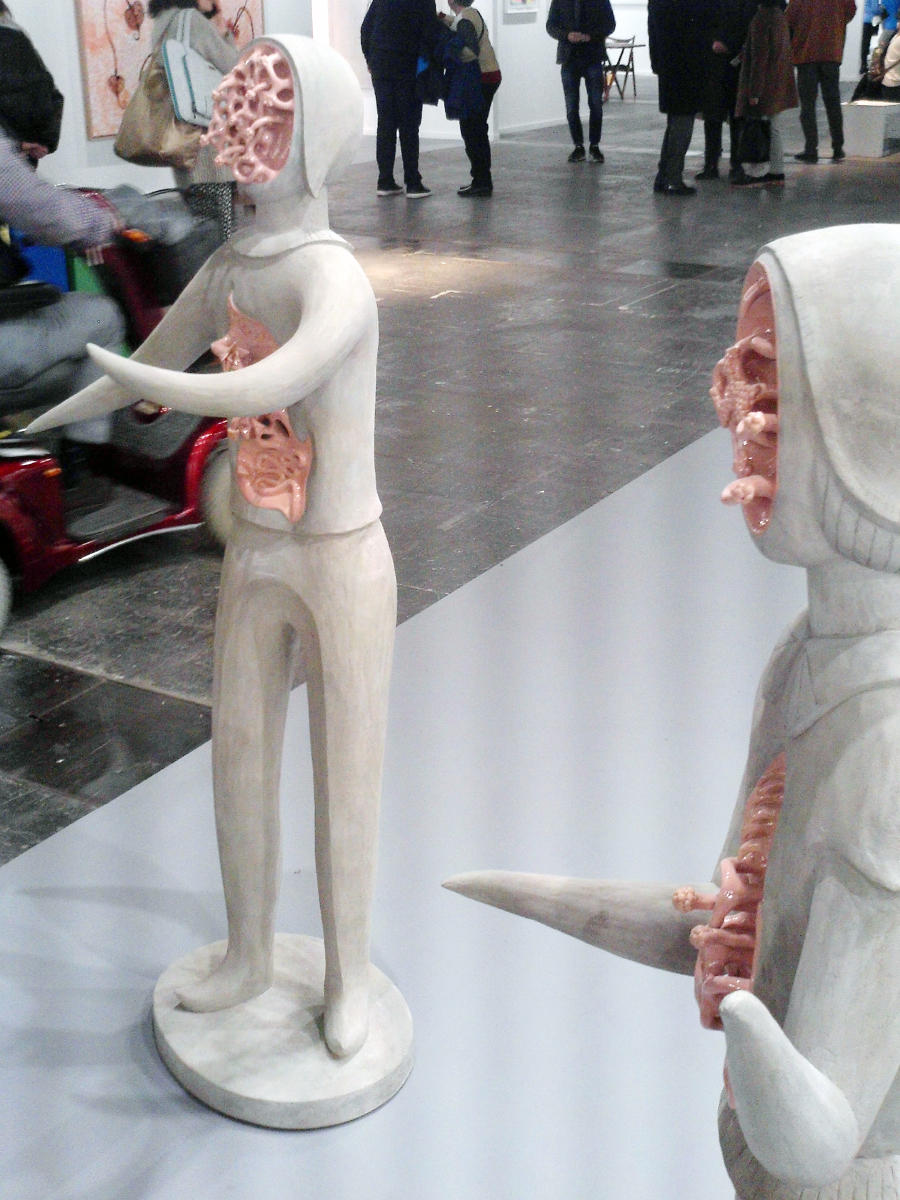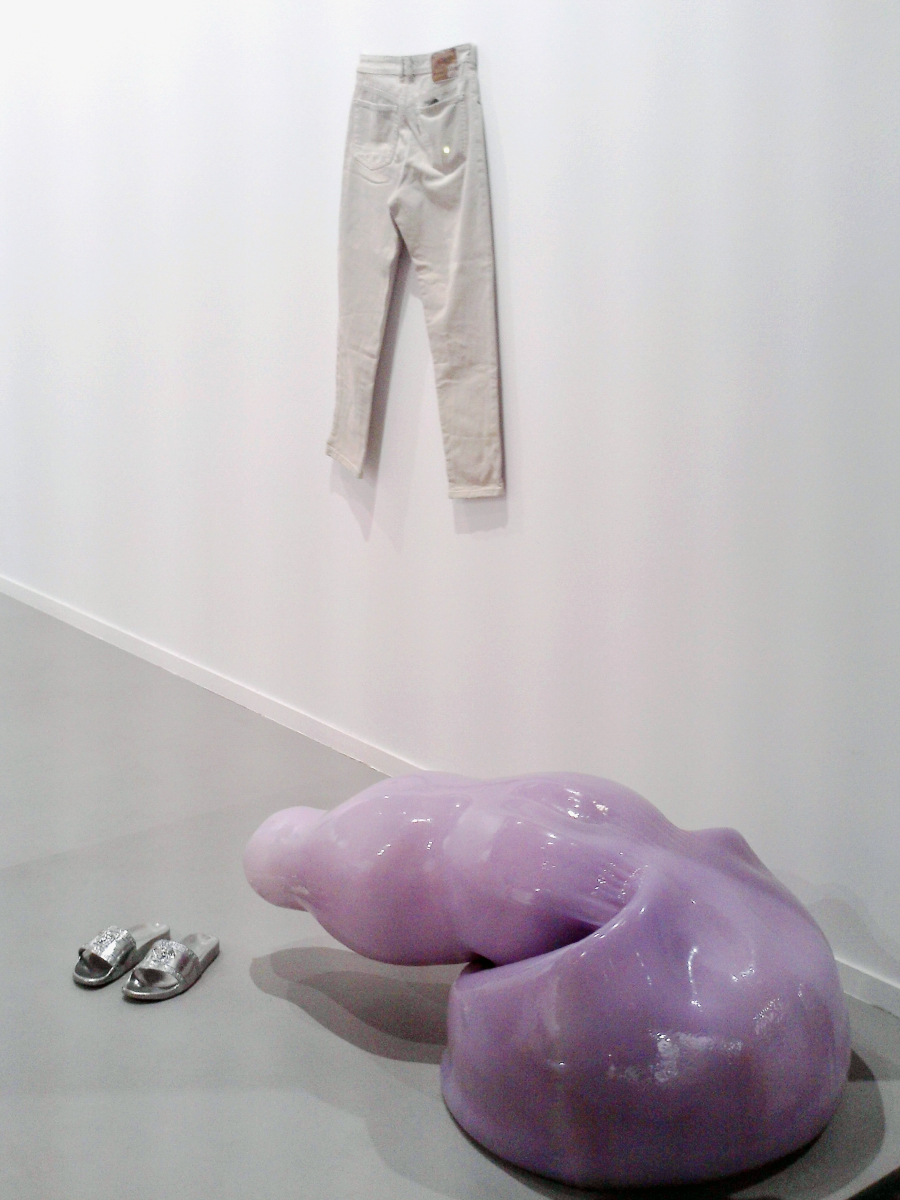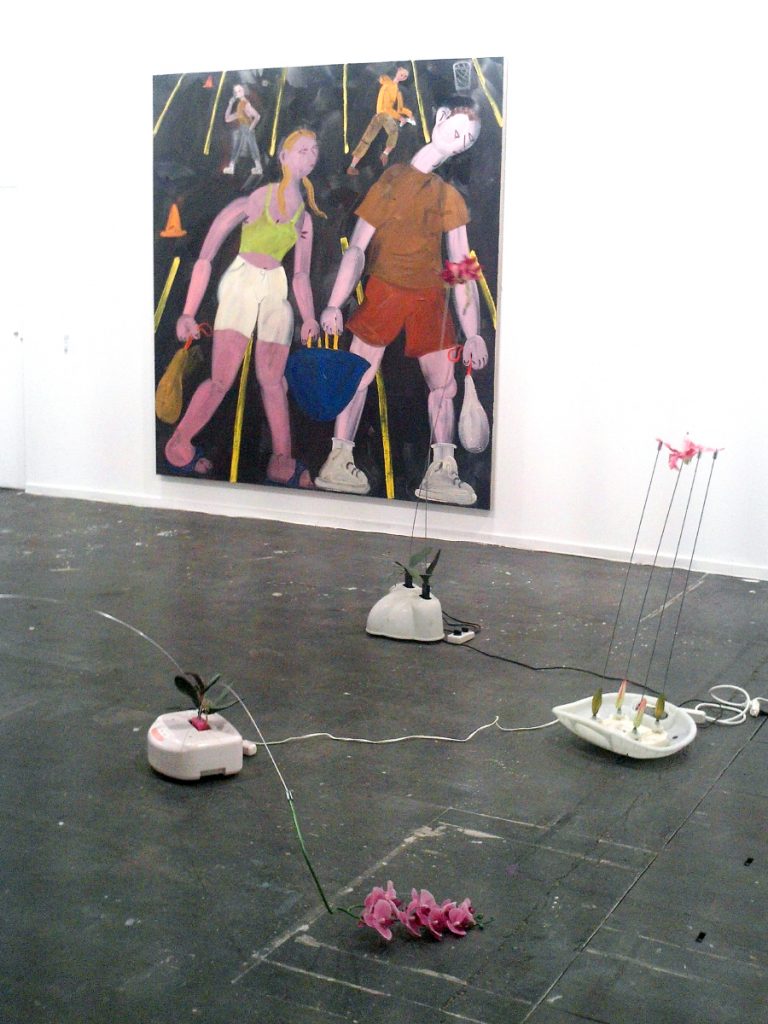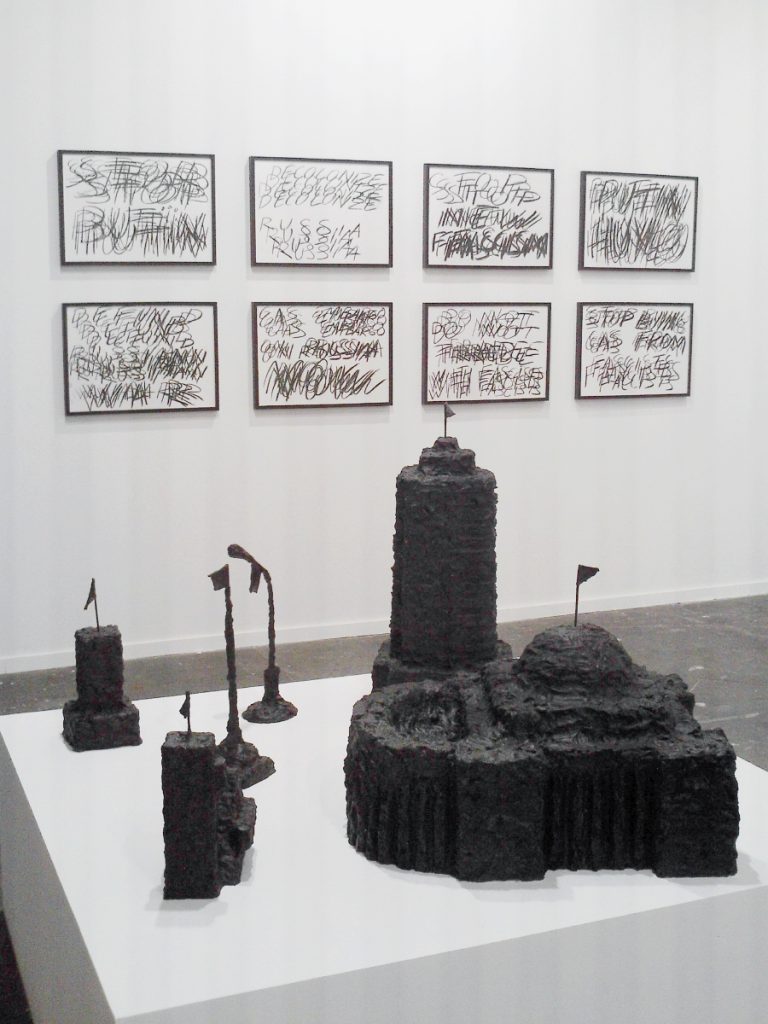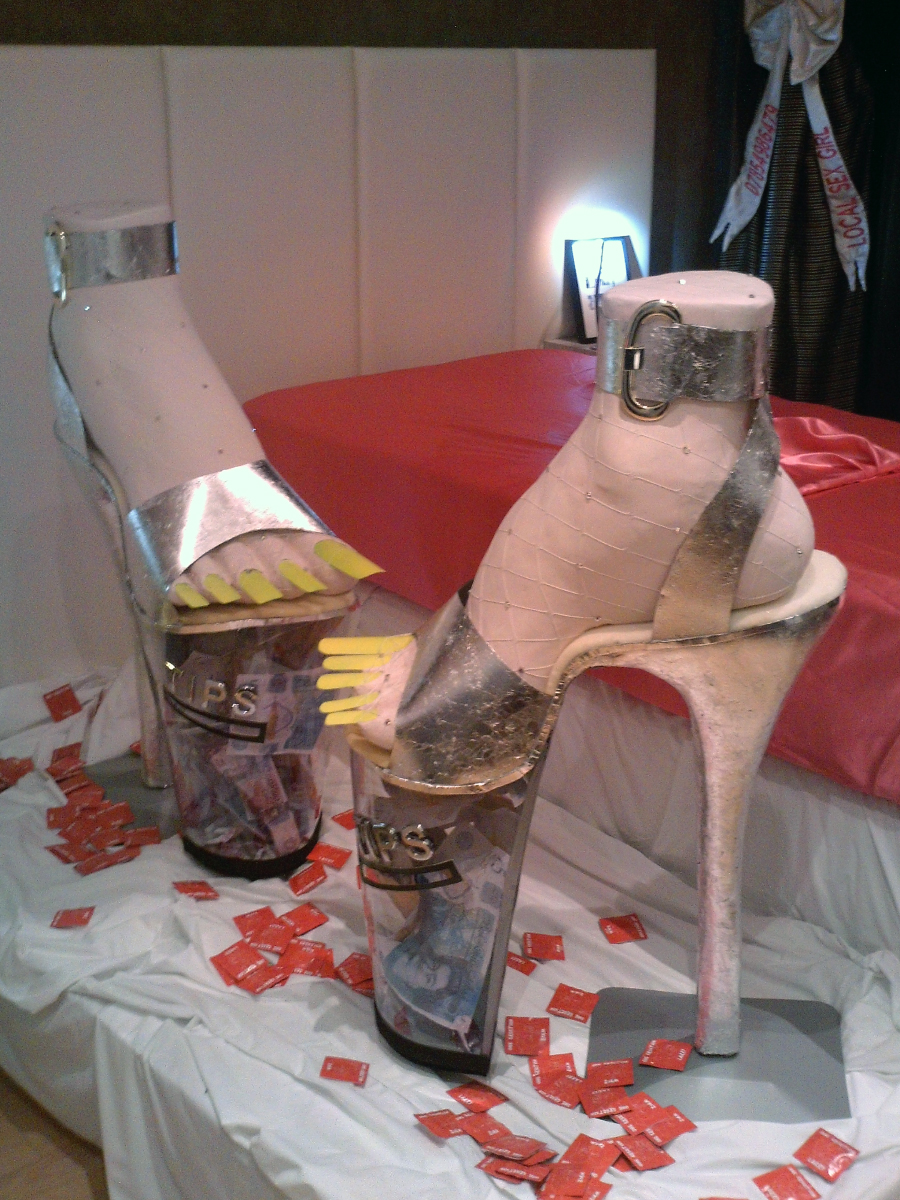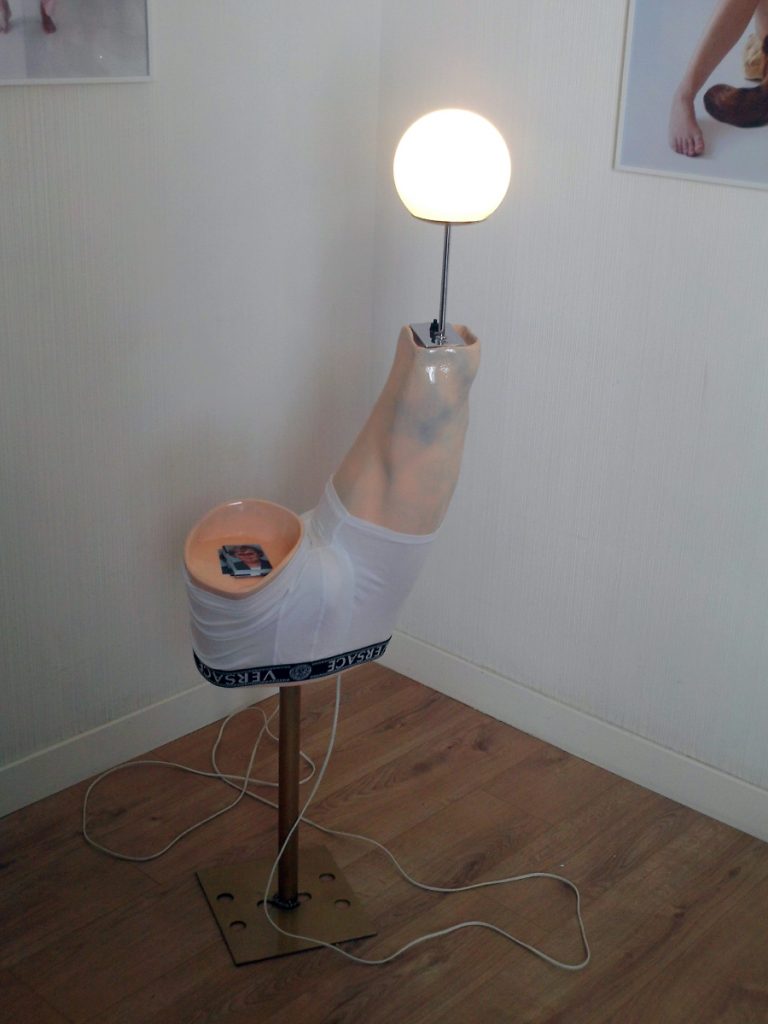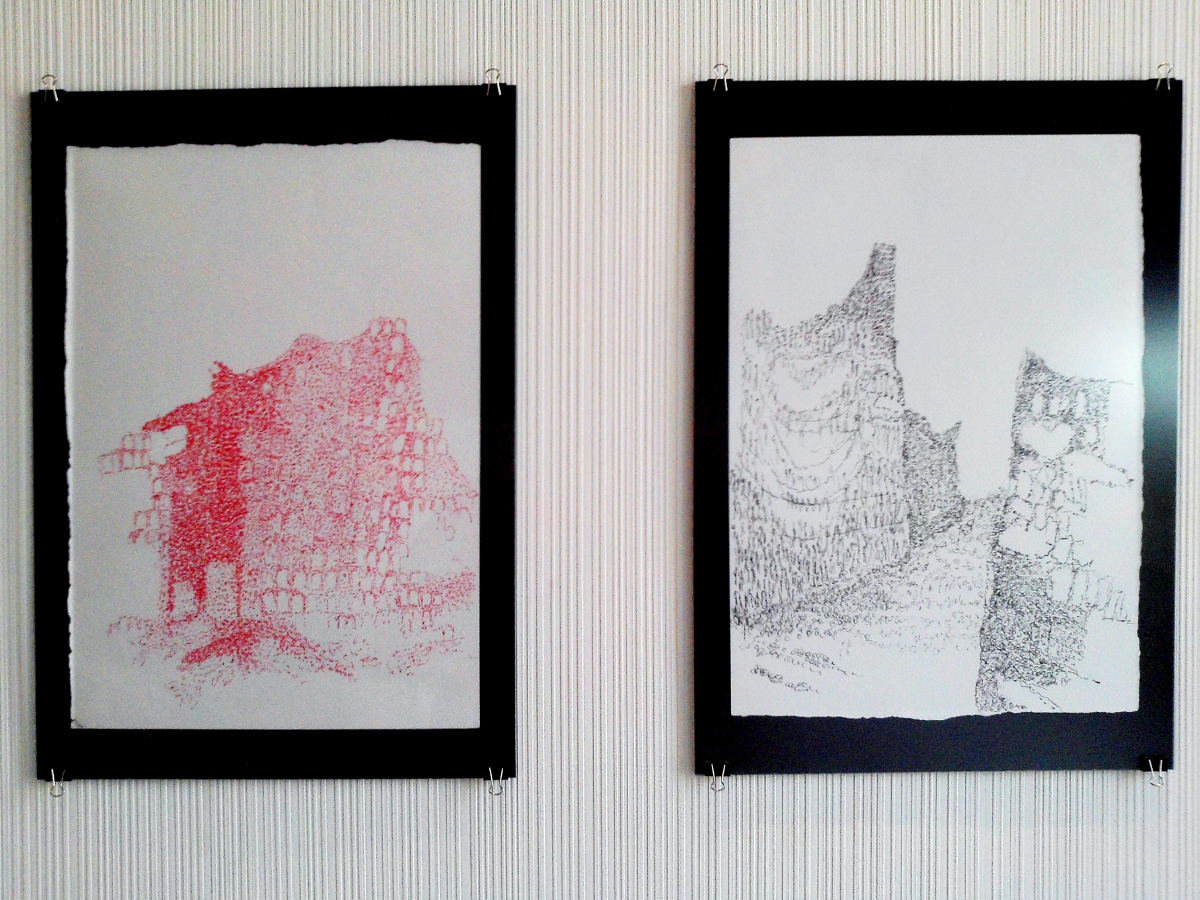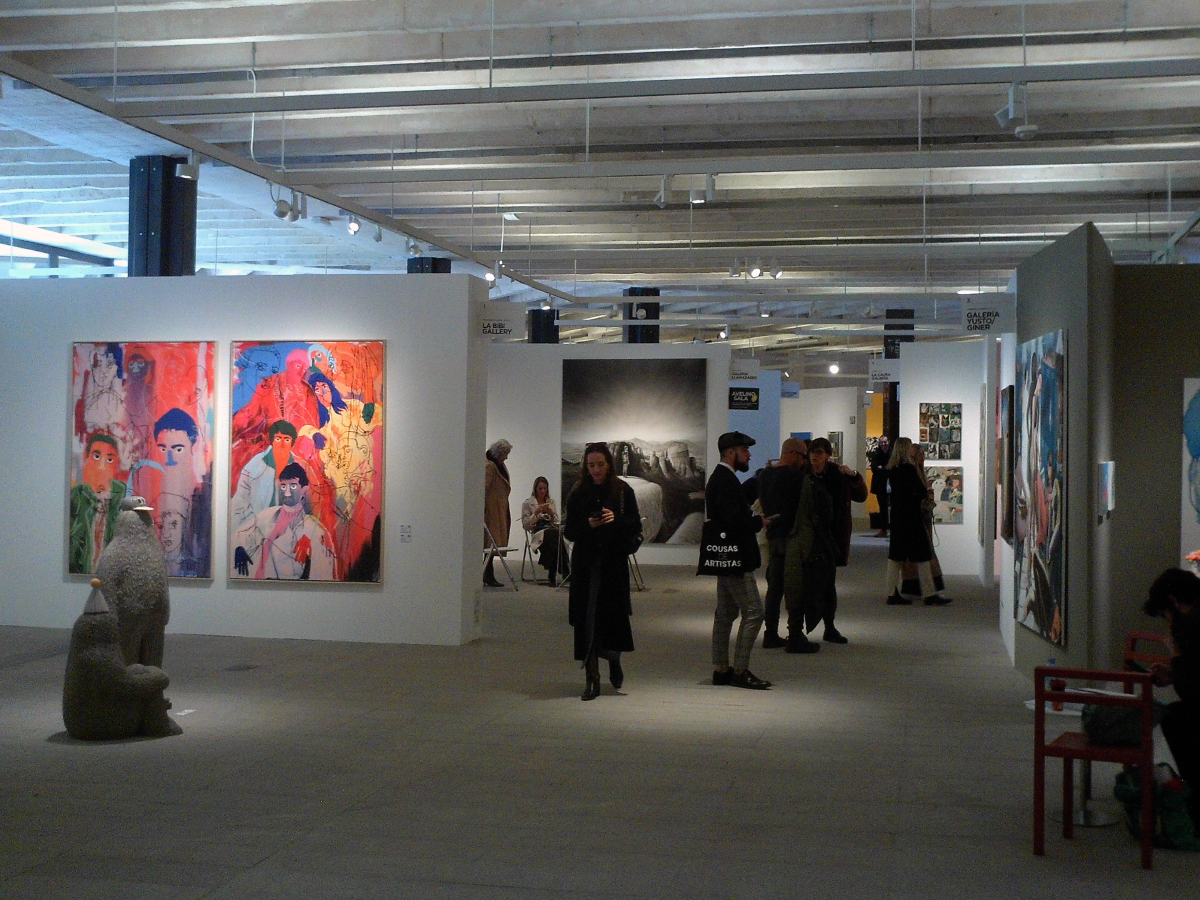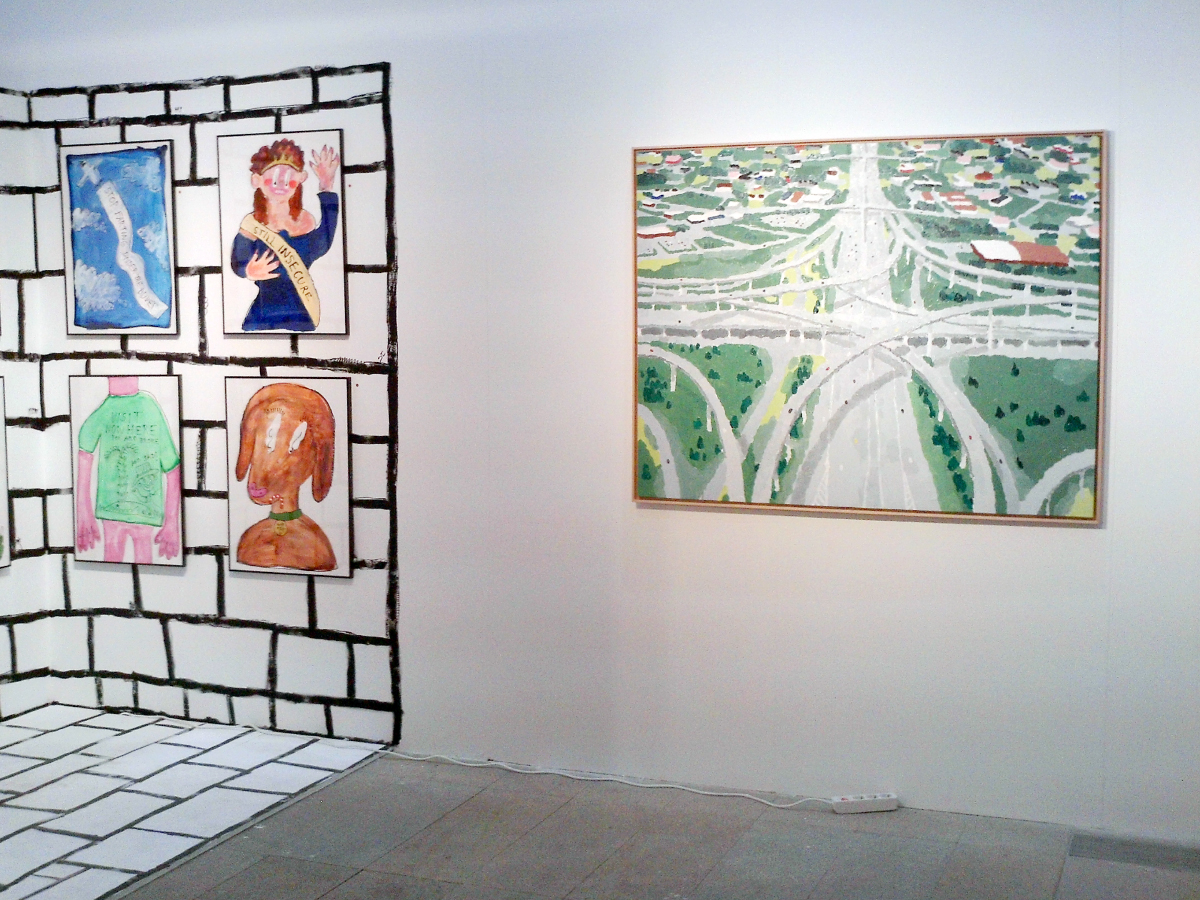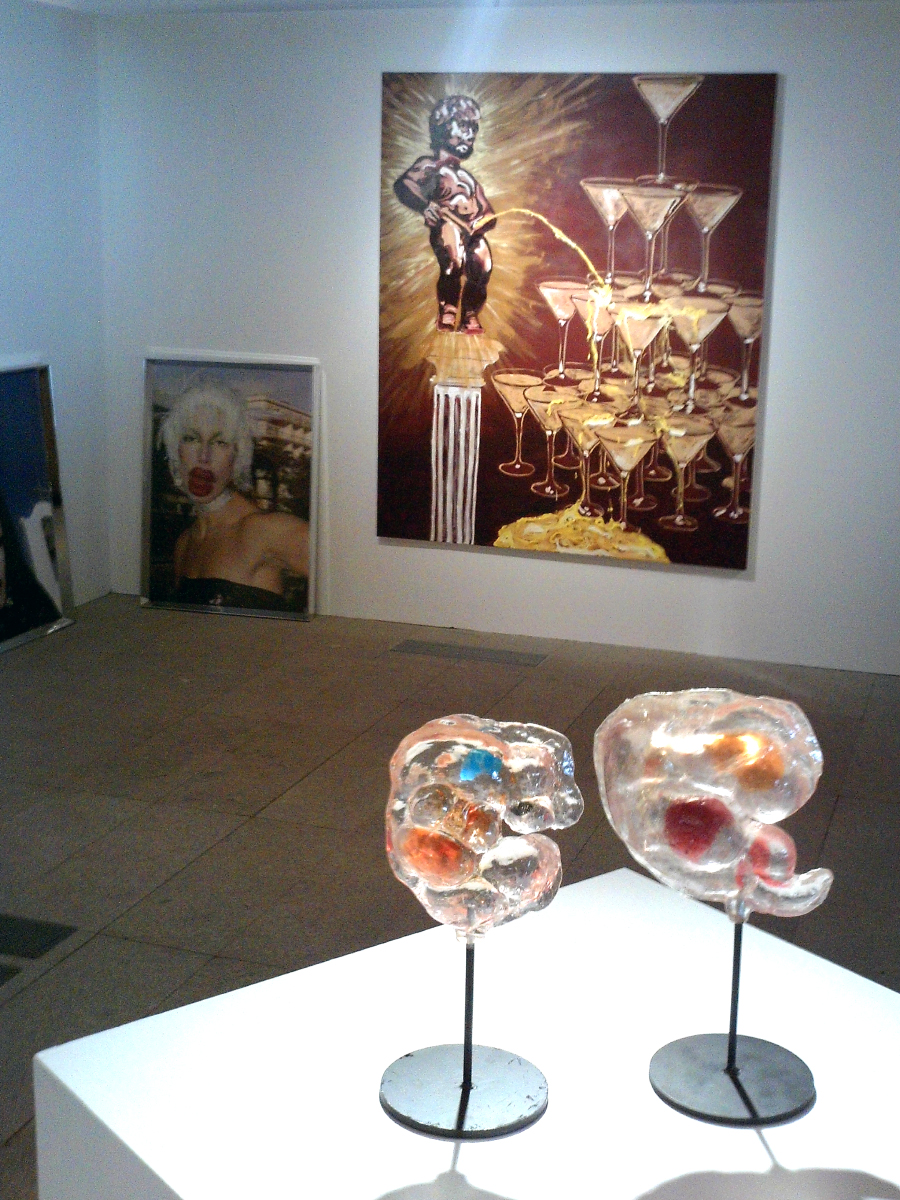Mostly, I just unabashedly like seeing lots of art and people from different places in new cities.
It’s surprising, then, that I had never indulged in my “guilty pleasure” of art-fair hopping in Madrid, one of my favorite sin cities, until this week. And in Madrid, the art fair ecosystem runs partially on the ambition of bringing together artists, galleries, and collectors from the Spanish capital’s former colonies as well as its European neighbors. I came to Madrid a bit worried that role is becoming increasingly redundant with the rise of art fairs in Miami, Mexico City, and now Los Angeles—where the art scenes of Latin America and the “Global North” have become cozy bedfellows. With an ever more crowded calendar, there’s only so many fairs even the most gainfully unemployed collecting leisure class can attend.
But Madrid’s flagship fair ARCO—as well as its satellites JUSTMAD, Art Madrid, UVNT, and Hybrid—seem to have firmly cemented their place on the circuit, even if competitors in North America sometimes get more attention. Notably, a lot of the big-name galleries from the anglophone’s blue-chip art meccas New York, London, and LA were absent here. Indeed, I’d say only roughly 30% of the conversations I’ve overheard these past few days have even been in “International Art English“—and almost always lightly peppered with accents from Lisboa or Ljubljana, Rotterdam or Riyadh.
It wasn’t until my last stop at UVNT fair that I met any native English speakers! And they were all either ex-New Yorkers or Brits who had relocated to Mexico or Spain (two of whom actually talked about how glad they were to not be in LA). I’m not sure that’s necessarily a good or bad thing, just an interesting observation in a field too often dominated by the language, currencies, and tastes of a handful of global financial centers.
Perhaps part of Madrid’s resilience as an art capital is due to institutional, public, and nonprofit support of the private market. Both Madrid’s regional and municipal governments acquired pieces for their collections from ARCO, as did many of Madrid’s best-known museums. Here, there seems to be an understanding that sometimes supporting artists and the cultural sector means nurturing a healthy arts economy, beyond just museums and individual artist grants. And many a fair booth was made possible with quasi-public or institutional backing, with governments and nonprofits subsidizing commercial exhibitions from universities, DIY spaces, or collectives to send their best and brightest to Madrid to show off art offerings from destinations as distant as Taiwan.
